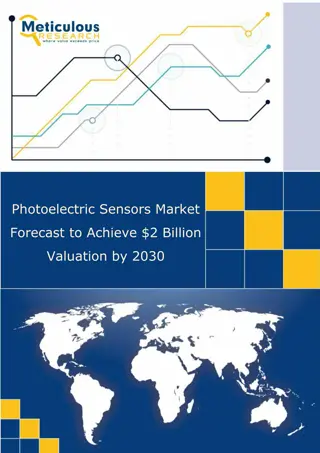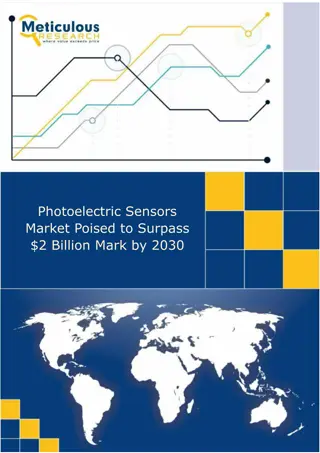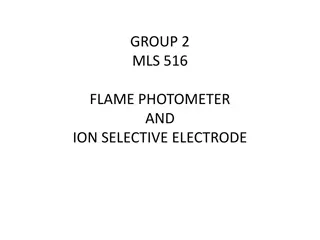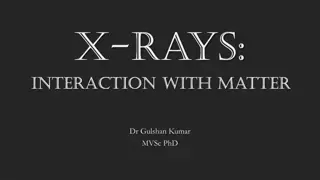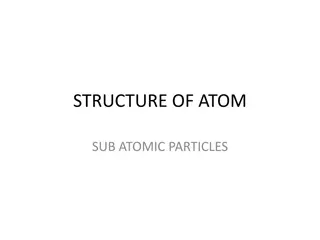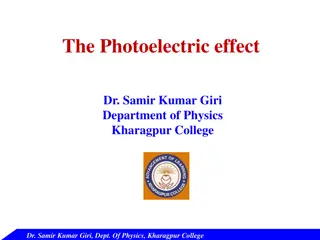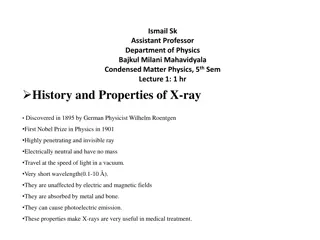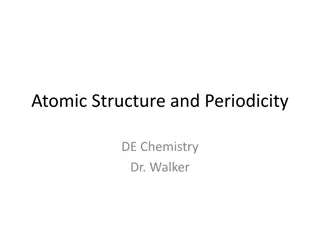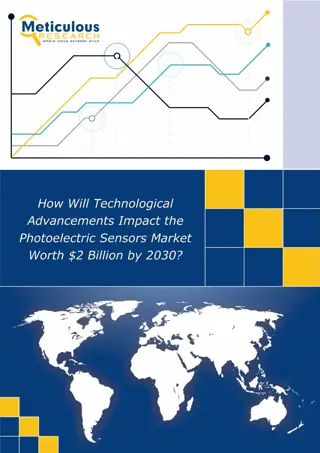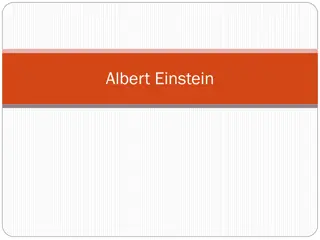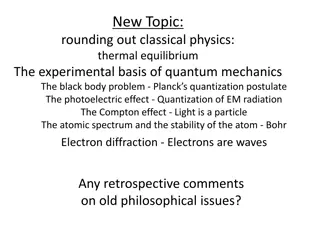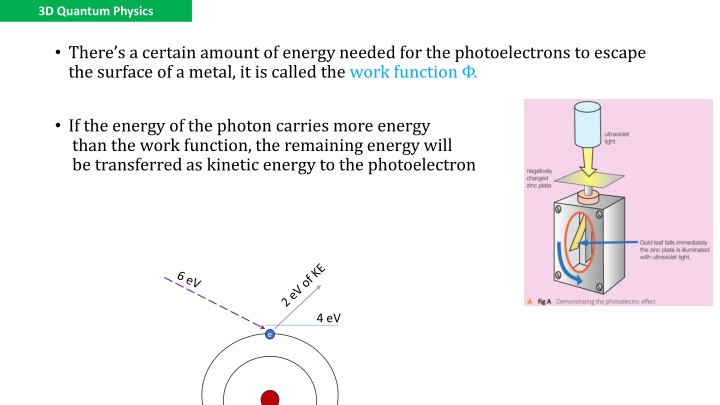
Quantum Physics Concepts and Calculations Explained
Explore 3D Quantum Physics concepts including the photoelectric effect, work function, and maximum kinetic energy calculations for photoelectrons. Learn how energy transfer occurs in photoelectric phenomena with detailed explanations and examples.
Download Presentation

Please find below an Image/Link to download the presentation.
The content on the website is provided AS IS for your information and personal use only. It may not be sold, licensed, or shared on other websites without obtaining consent from the author. If you encounter any issues during the download, it is possible that the publisher has removed the file from their server.
You are allowed to download the files provided on this website for personal or commercial use, subject to the condition that they are used lawfully. All files are the property of their respective owners.
The content on the website is provided AS IS for your information and personal use only. It may not be sold, licensed, or shared on other websites without obtaining consent from the author.
E N D
Presentation Transcript
3D Quantum Physics There s a certain amount of energy needed for the photoelectrons to escape the surface of a metal, it is called the work function . If the energy of the photon carries more energy than the work function, the remaining energy will be transferred as kinetic energy to the photoelectron 4 eV e
3D Quantum Physics There s a certain amount of energy needed for the photoelectrons to escape the surface of a metal, it is called the work function . If the energy of the photon carries more energy than the work function, the remaining energy will be transferred as kinetic energy to the photoelectron 4 eV e
3D Quantum Physics Photoelectric effect equation: K.E = Energy of a photon work function Maximum KE of a photoelectron 1 2??2= ? ? h f = ? + 1 2??2 4 eV e
3D Quantum Physics What is the work function of potassium if green light 510 nm shining on it produces photoelectrons with a maximum energy of 0.14 eV Hint: use Joules Find the frequency
3D Quantum Physics What is the work function of potassium if green light 510 nm shining on it produces photoelectrons with a maximum energy of 0.14 eV
3D Quantum Physics A sodium surface is illuminated with light having a wavelength of 300 nm. The work function for sodium metal is 2.46 eV. Find the maximum kinetic energy of the ejected photoelectrons.
3D Quantum Physics A sodium surface is illuminated with light having a wavelength of 300 nm. The work function for sodium metal is 2.46 eV. Find the maximum kinetic energy of the ejected photoelectrons. Solution: E = hf f = 9.99E14 Hz KE = h f - ? KE = 6.63x10-34 9.99x1014-2.46 KE = 1.67 eV
3D Quantum Physics The gradient of KE and frequency = h
3D Quantum Physics The gradient of KE and frequency = h
3D Quantum Physics The photoelectric cell 1 2??2= ? ?
3D Quantum Physics Is a branch of physics that describes the behavior of matter and energy on an atomic scale Wave-particle nature: Light, electrons, nucleons can act as waves and as particles. Matter can be thought of as energy, and vice-versa A Photon is the basic unit of light (energy) it is massless Photon as a wave: reflection, refraction, interference, Photon as a particle: photoelectric effect , double slit interaction




